5 tips for choosing an outdoor projector for your summer movie nights
Epic outdoor movies or bust
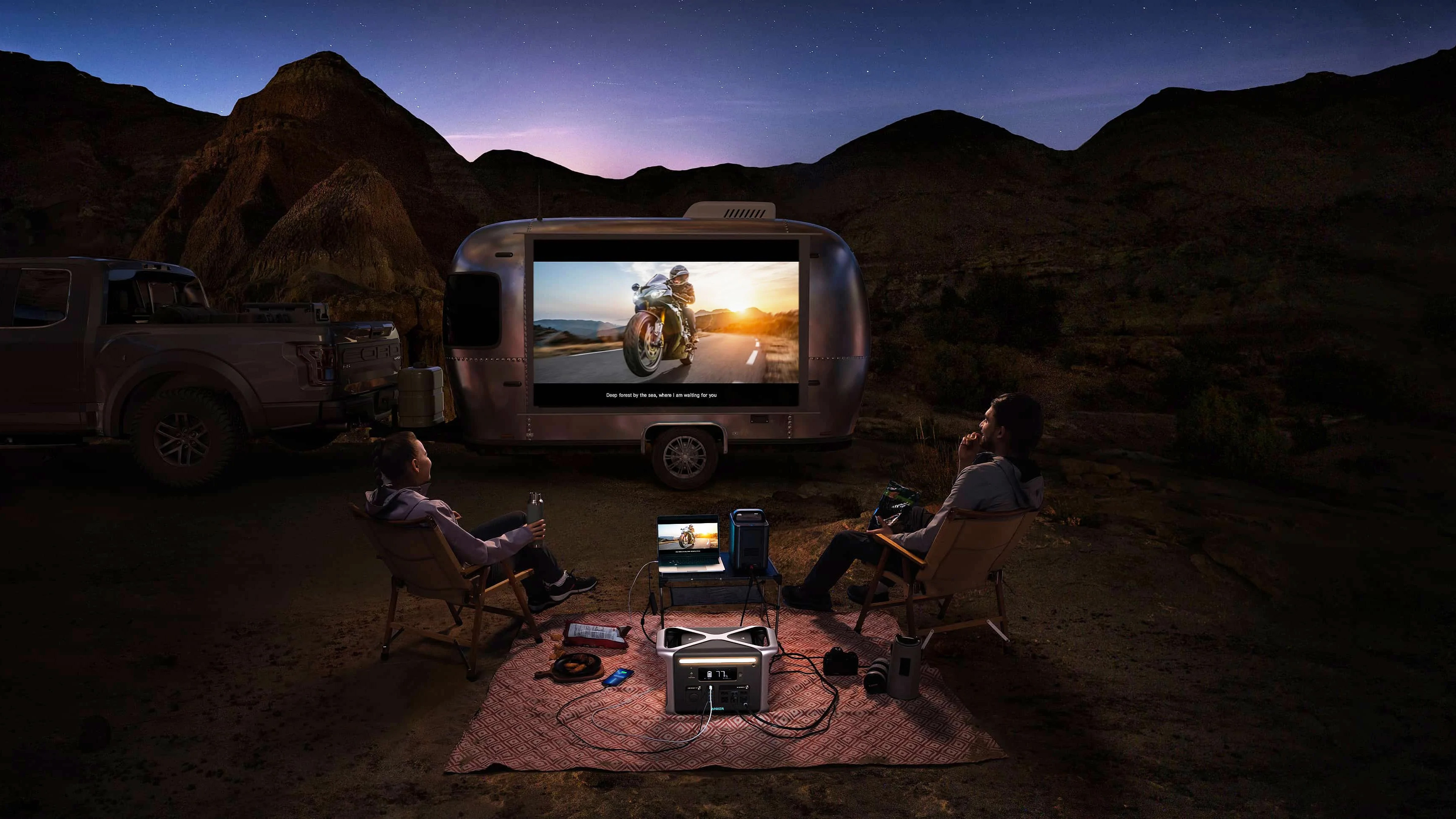
Outdoor projector movie screenings are almost as synonymous with summer as sun and sand. But, while outdoor movie festivals and events should be one of the things to tick off our summer lists, sometimes you just want to kick back in the comfort of your own backyard and enjoy a quiet movie night under the stars away from… ahem… people.
The good news is, projectors – particularly portable projectors and projectors with smart TV features – have become a huge thing in the last year or so, making it easier (and cheaper) now to organize an outdoor movie in your garden, at a campsite, or during your private pool party. Even more so considering the wealth of options to choose from across different types, sizes, price ranges, feature-sets, and capabilities.
True 1080p projectors with massive, 100-inch or larger image size are just as prevalent as lower-resolution ones on Amazon, and many of them are fairly affordable. 4K projectors with made-for-outdoors brightness levels – ideal for conditions with brighter ambient lighting – offer an even better, if pricier, proposition. Travel-friendly options with a built-in battery and media storage space are on hand too. As are premium ultra short-throw options that are great for tight spaces, as long as you’ve got the money to spend on them.
The outdoor projector you should choose, of course, is the one that fits your needs best. But, even with that in mind, there are also a few basic considerations you should start with for a more elevated alfresco viewing experience.
1. Brightness is key.
The darker the room, the better, but the maximum level of brightness a projector can reach is just as important, especially for outdoor screenings. Outdoors, you have less control over lighting than say your media room. You’re dealing with all sorts of ambient lighting sources: street lamps, string lights, cars, city light pollution.
So, when investing in an outdoor projector, pay close attention to its max brightness, which is measured in lumens or the more accurate ANSI lumens (2.4 lumens = 1 ANSI lumens). At least 3,000 lumens or 1,250 ANSI lumens is ideal for outdoor movies, but those projectors also typically cost at least $1,500/£1,500.
Considering the current soaring inflation, you might want something cheaper. A 1080p projector with 800 to 900 ANSI lumens – like the Nebula Cosmos – should get you under that $1,000/£1,000 mark and still deliver comfortable, decently immersive viewing outdoors. Even when you’ve got those backyard string lights on.
Get daily insight, inspiration and deals in your inbox
Sign up for breaking news, reviews, opinion, top tech deals, and more.
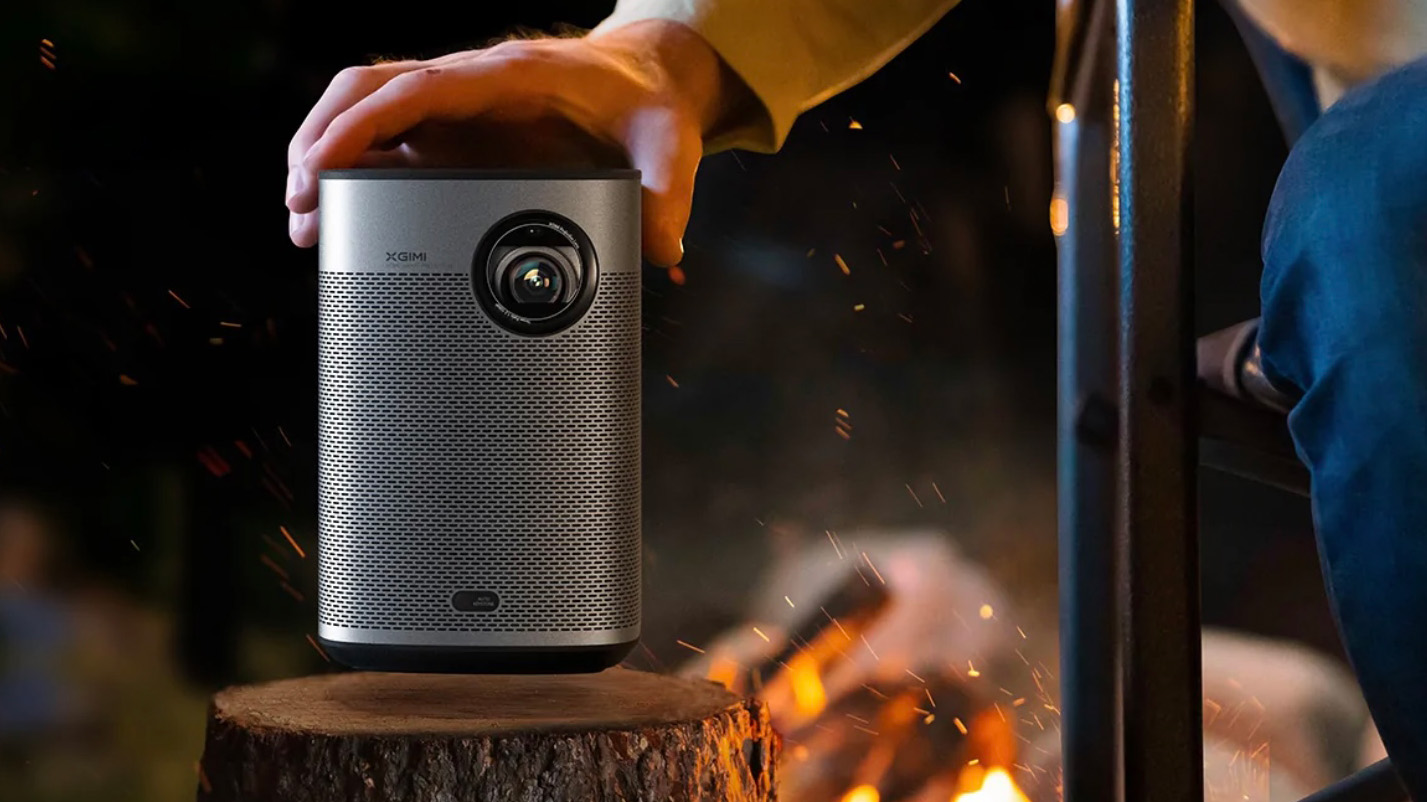
2. Go portable.
If you’re happy to carry and set up a massive projector from inside your house to your backyard every time you want to watch an outdoor movie, by all means. It still sounds so needlessly tedious, however, especially when there are so many portable and mini options out there that are affordable, effortless to set up and deliver high resolution.
We recommend opting for a portable one when choosing an outdoor projector. These smaller options, many of which you can simply toss in your backpack (with care, of course), also have the advantage of being travel-friendly. So, whether you’re camping with the family, renting a nice AirBnb for the weekend, or going on the road, you’ve essentially got a 100-inch TV in your bag.
Several of the best portable projectors such as the Xgimi Halo+ also come with smart TV functionality, built-in storage for your downloaded shows and movies, and a built-in battery – the whole portable package.
3. A built-in battery will come in handy.
Decide before hitting the buy button whether or not you want or need something that can play movies even without access to an electrical outlet. Not all portable projectors come with a battery built-in, unfortunately.
If you do want the convenience of not needing to set up an extension cord in your backyard or being able to watch something at a rugged campsite with no power access, choose one that comes with a built-in battery. Just bear in mind that those projectors that have it will typically only give you three to five hours of playtime, sometimes less, which means a movie marathon might not be possible. That’s especially if you plan on watching one of those three-hour-long MCU movies.
Alternatively, you can skip the built-in battery option and invest in a power station, which should have enough charge for your other devices as well as to run a 4K projector like the Nebula Cosmos Laser 4K and Samsung The Premiere, whether you’re in your backyard or at a campsite.
4. Temper your audio expectations.
Most outdoor projectors come with built-in speakers, which should deliver decent enough audio for most viewers to hear what’s happening on screen and crisp enough for them to understand the dialogue. Some of the portable ones can also get impressively loud for their size, and a handful even offer 360-degree sound so that everyone around the projector can enjoy the same level of audio quality.
Unfortunately, most outdoor projectors – unless you’re shelling out for one of those premium ultra short throw ones – are also not able to offer a well-balanced sound and the most immersive audio experience. That’s just where we are with this technology at the moment.
The good news is that many projectors have Bluetooth connectivity so if you’re simply not happy with what you’re hearing, just bring your favorite Bluetooth speaker with you and pair it with your projector. I personally love using my Bang & Olufsen Beosound A1 (2nd Generation), which delivers a warm, laidback yet detailed sound and plenty of volume. Best of all, it’s just as portable as my favorite projector.
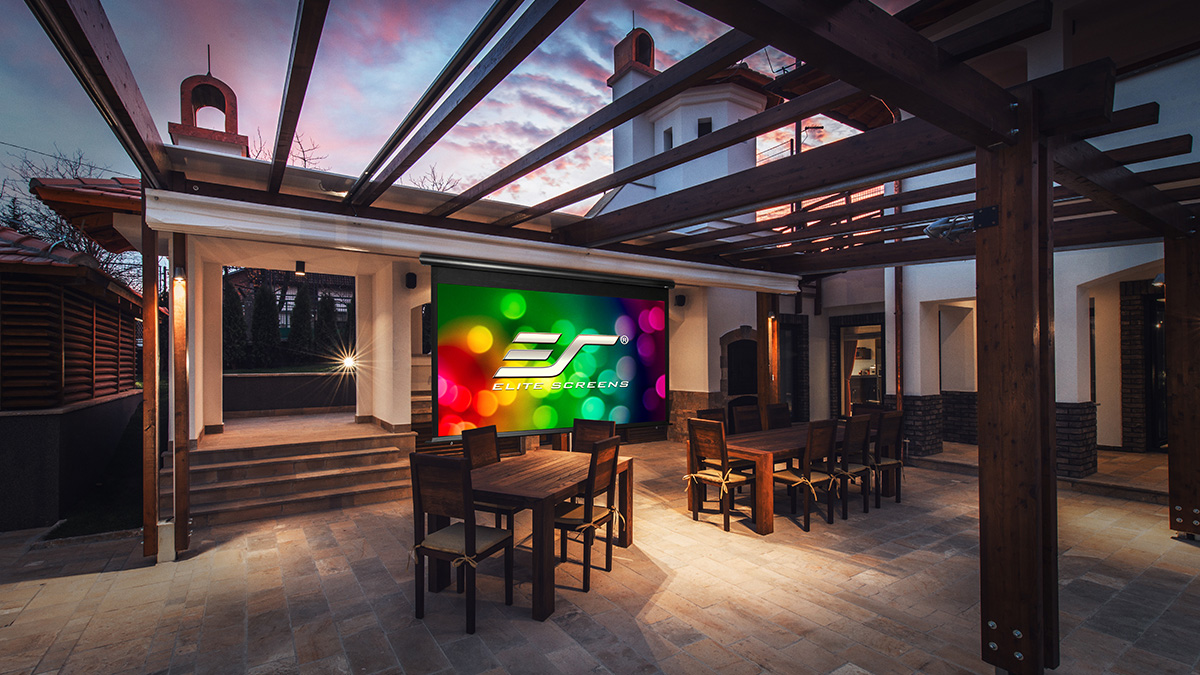
5. A projector screen makes a massive difference.
Visuals from a projector tend to look flatter than the images on a typical TV, but a projector screen, which is designed specifically to enhance the projected image by making it brighter and more detailed, should improve picture quality. It’s also necessary for outdoor movie screenings, unless you just happen to have a big empty wall handy.
Whereas you can easily get away with using an empty wall in your house as your screen, setting up outdoors is trickier. A quality screen from a trusted brand is necessary — many cheap options on Amazon might be made of thin fabric that doesn’t have the vital reflective coating necessary to enhance the image and tends to arrive wrinkled.
Projector brands typically have a screen or two on offer so check with your projector’s manufacturer first. If they don’t have one available, Elite Screens is a trusted name in outdoor projector screens, and has both outdoor projector screens with a stand and pop-up options. There are inflatable outdoor projector screens as well, if you want something a little more fun, like this one from Insignia that comes with its own air pump.
If you're still looking for an excellent outdoor projector, we've got three of the best ones below.
3 best outdoor projectors
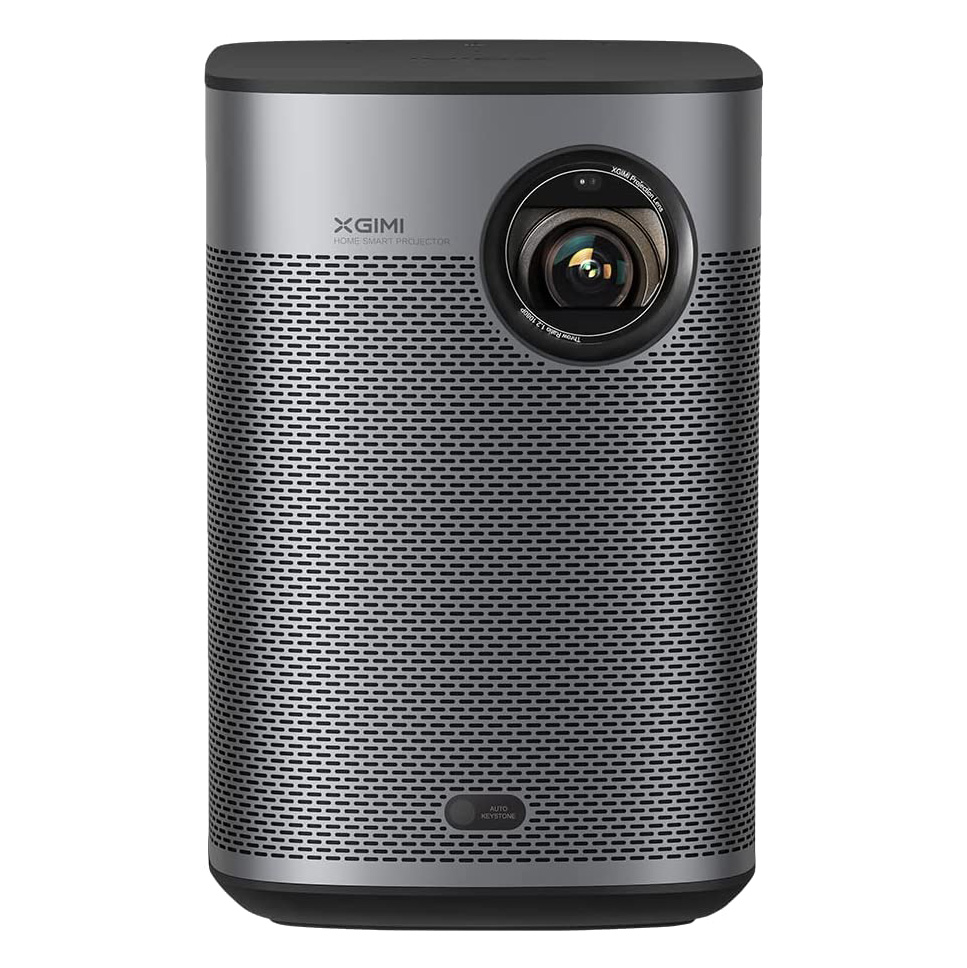
Built on the foundations of already impressive technology, the XGIMI Halo+ delivers the same superb sound and visual qualities as its predecessor. Only this time, the Halo+ has ironed out the issues of the past, namely its indoor quality.
For
- Lightweight portability
- An array of features
- Crisp, bright visuals
Against
- Suited for Android
- Aggressive autofocus
- Some lost detail
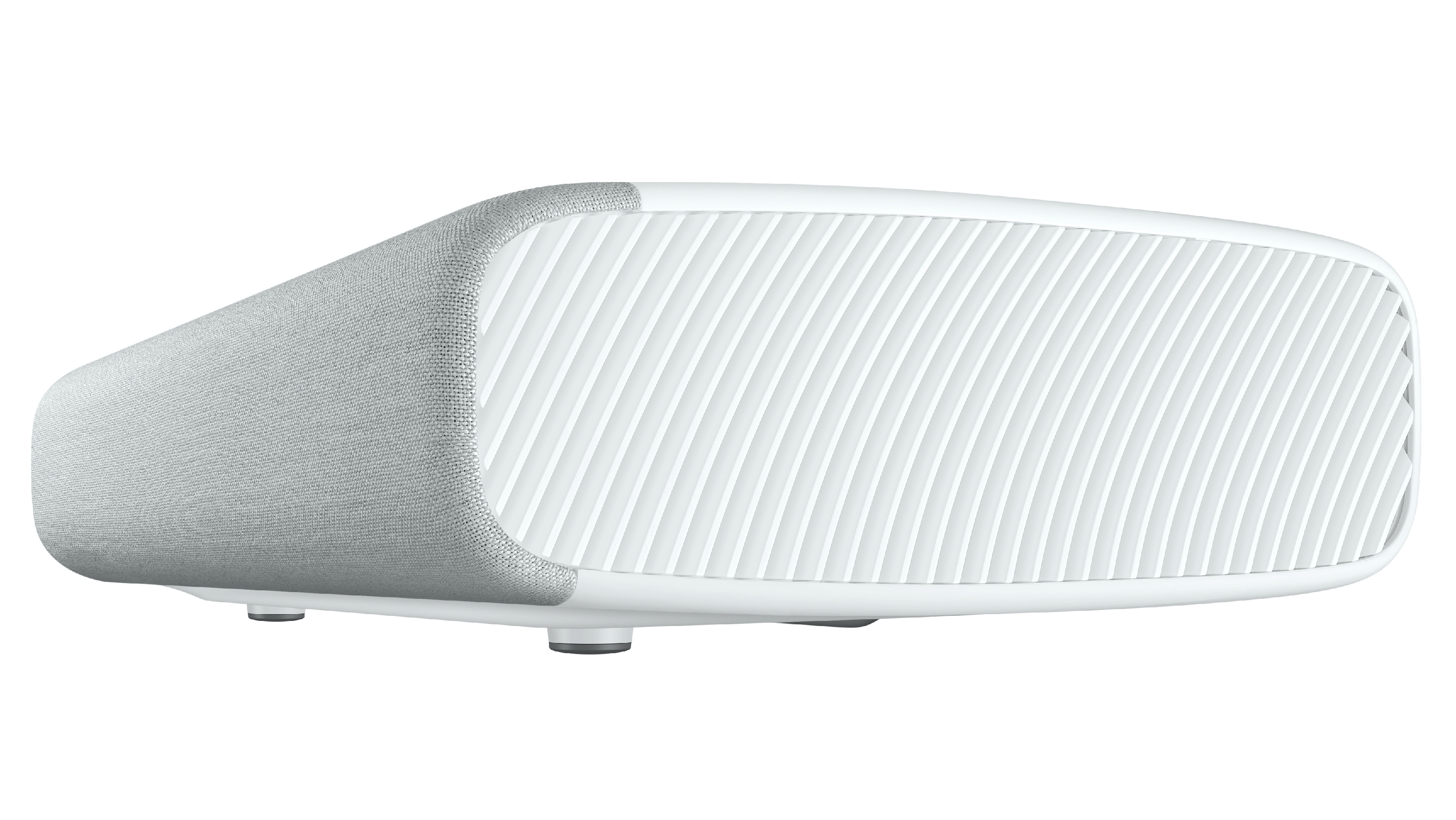
The Samsung Premiere LSP9T is the most comprehensive and all-round successful living room-friendly projector solution we’ve seen to date. Picture quality is largely excellent, and sound quality may be the best we’ve heard from any projector.
For
- Vivid pictures
- For light/dark rooms
- Full smart TV
Against
- Some rainbow effect
- Iffy dark presets
- OS can be sluggish
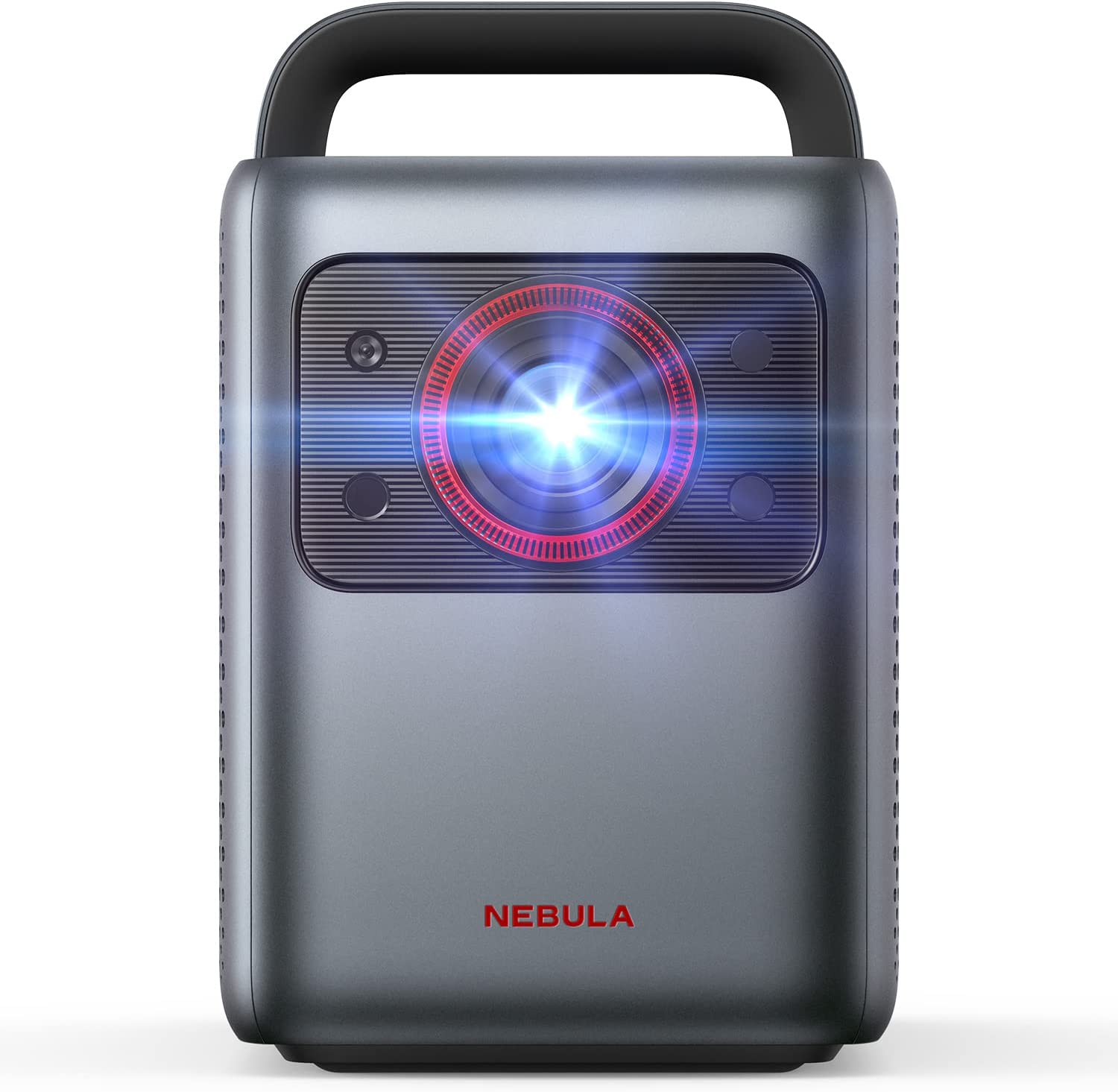
While it’s not the final word in picture quality, the simplicity of the Anker Nebula Cosmos Max 4K projector makes it a joy to use. Turn it on, log in to your Google account and a wealth of 4K streaming apps are beamed in giant size to your walls.
For
- Big and bright
- Easy setup
- Can use it all over
- Surprisingly fair price
Against
- Handles action poorly
- Processing issues

Michelle Rae Uy is the former Computing Reviews and Buying Guides Editor at TechRadar. She's a Los Angeles-based tech, travel and lifestyle writer covering a wide range of topics, from computing to the latest in green commutes to the best hiking trails. She's an ambivert who enjoys communing with nature and traveling for months at a time just as much as watching movies and playing sim games at home. That also means that she has a lot more avenues to explore in terms of understanding how tech can improve the different aspects of our lives.